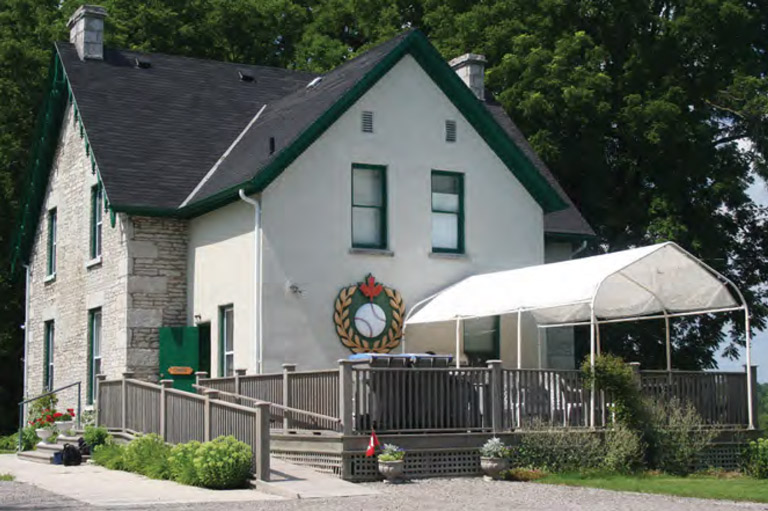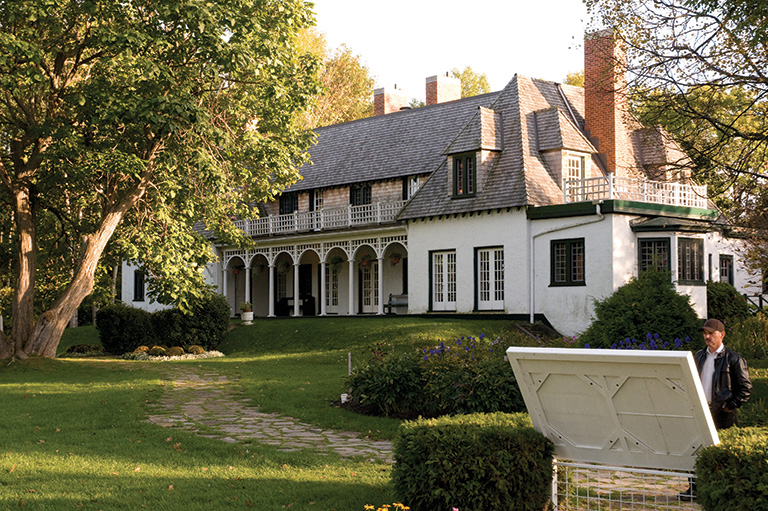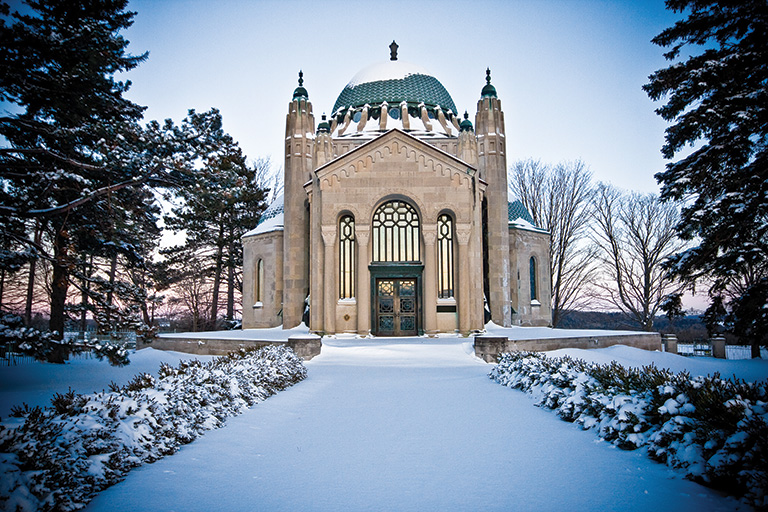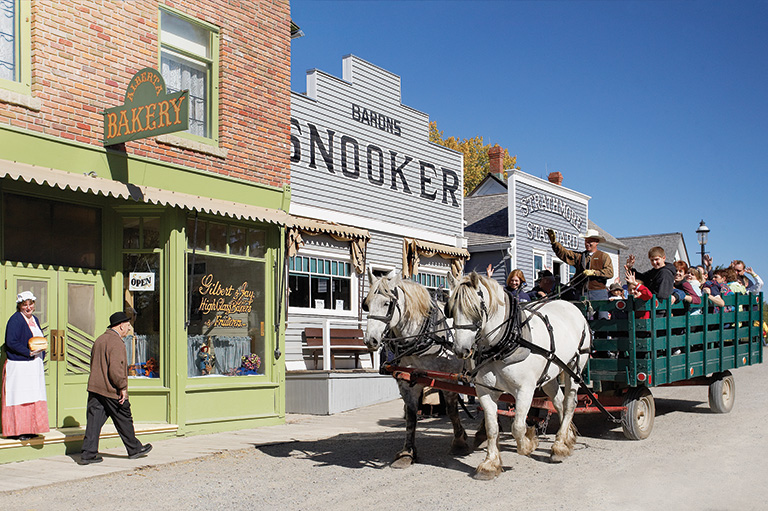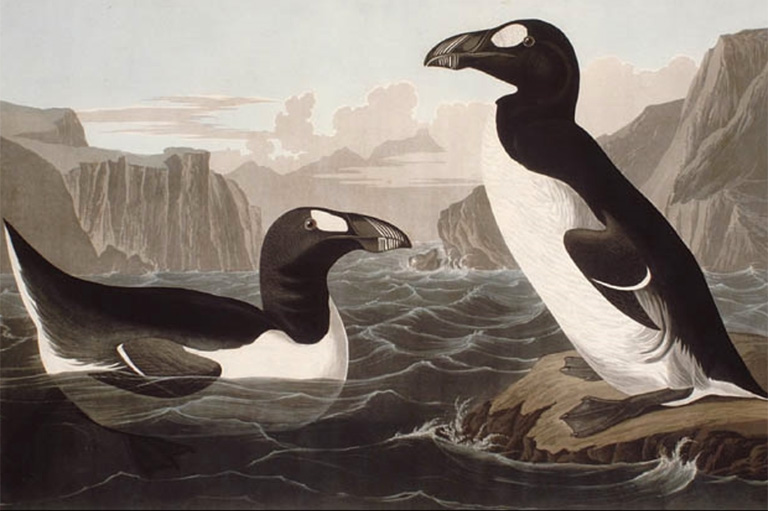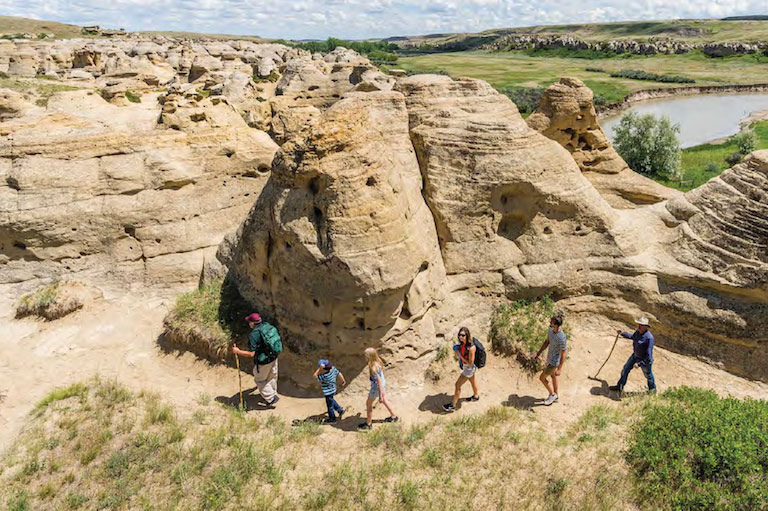Discover a wealth of interesting, entertaining and informative stories in each issue, delivered to you six times per year.
Paddling through history
“A MUSEUM FOR CANOES? How can there be a museum for canoes?” I thought to myself. Yet when I reflected on the question, the answer became obvious.
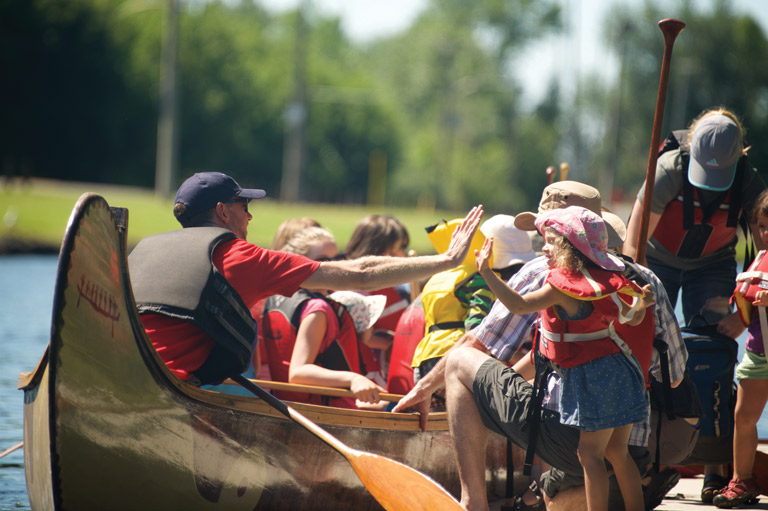
Before Europeans arrived on the North American continent, Indigenous peoples had a long history of employing canoes for transportation, communication, and trade over long distances. White explorers and traders carried on the tradition, using canoes to explore the lands of the Indigenous peoples and claim it for the kings and queens of their European homelands.
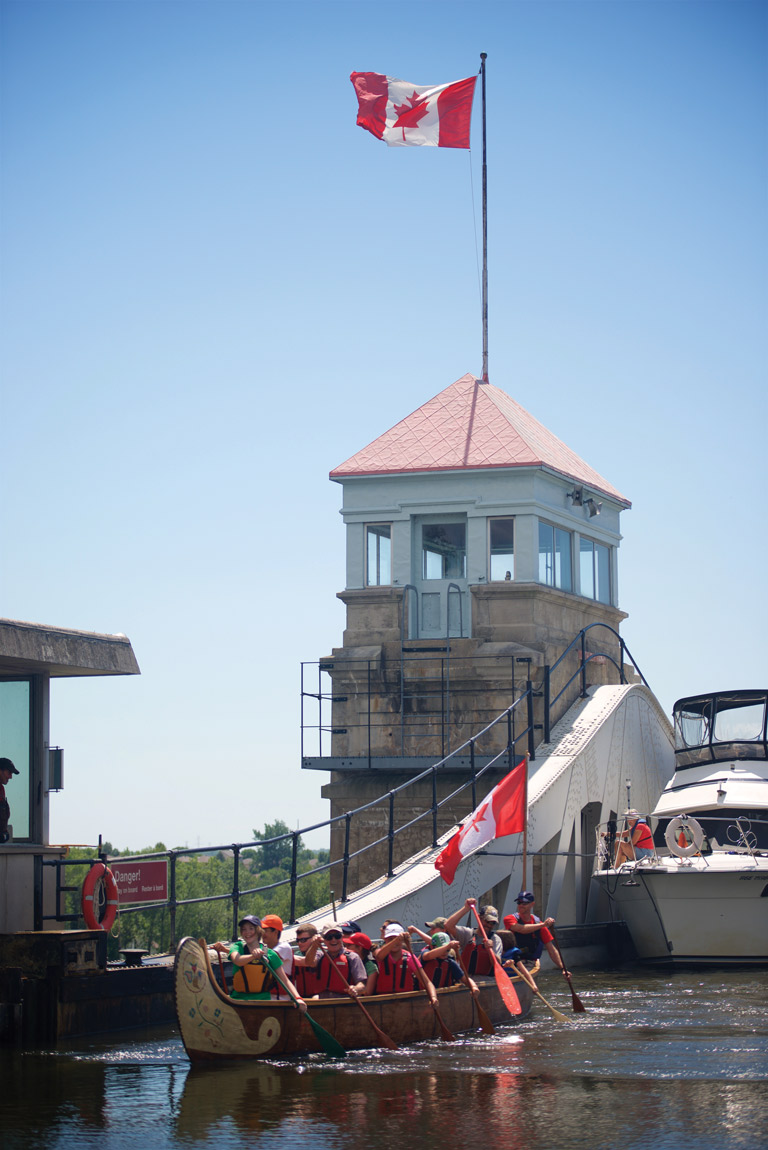
The Canadian Canoe Museum in Peterborough, Ontario, reflects this history.
The largest museum of its kind in the world, it is, despite its name, international in scope and includes kayaks and other paddled watercraft.
The complete collection of about six hundred watercraft comes mostly from North America but also includes exhibits from South America and the Far East. About a hundred are on display at any one time.
The location in Peterborough makes perfect sense once you learn the museum’s backstory. In the mid-nineteenth century, a large, vibrant canoe-building industry was established in the region. By 1893, the Peterborough Canoe Company was established, and by 1930 a quarter of all employees in the Canadian boat-building industry worked in the Peterborough area.
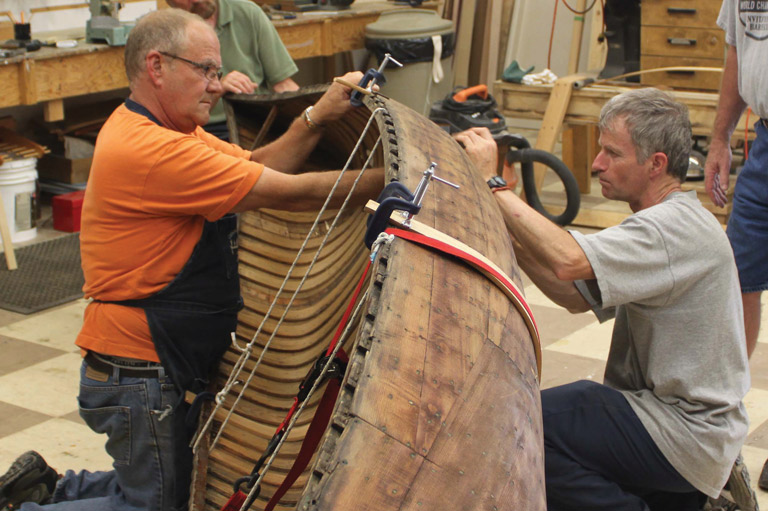
Entering the museum, we were greeted by incredibly friendly staff members, all well-versed in the history of canoes. Many of them are volunteers. One of these volunteers, George McKeiver, was assigned to take us through the museum.
We soon discovered that the staff had made a wise choice. McKeiver was like a history book as he unfolded the story of the canoe. Taking us from birchbark canoes to cedarwood dugouts, he revealed their extraordinary history and how they reached the museum.
It is due to Kirk Wipper that the museum now stands. Wipper, who grew up in northern Manitoba in the 1920s and ’30s, was a pioneer in the development of outdoor education in Canada.
Concerned that young city dwellers were not given opportunities to enjoy the natural world, he opened a camp near Algonquin Park north of Toronto in 1957. Canoe trips were part of the program.
At around the same time, Wipper received the gift of a rare basswood dugout canoe. This 1890-built canoe was the beginning of his extraordinary collection and eventually became the centerpiece of the museum when it opened in 1997.
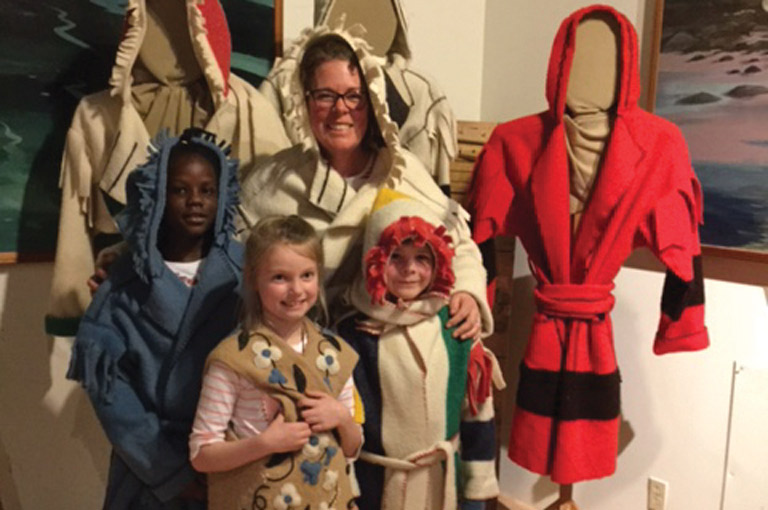
Since then, the museum has been refining and enlarging its collection so that today a new location and museum is planned for the future.
McKeiver took us on a detailed historical canoe journey from Eastern Canada to the West Coast and to the Arctic.
As we explored the museum, he showed us a variety of watercraft — from the skinon- frame kayaks of the Inuit of Baffin Island, to the bark canoes of the Beothuk of Newfoundland, and westward to the large ocean-going dugouts of the peoples of the Pacific Northwest, and then northward to the wood-and-canvas watercraft used by Indigenous peoples and European settlers of the Mackenzie River Delta.
McKeiver dramatically told about each boat’s history and use. He knew the watercraft so well that it was as if they were his own children.
He was so passionate in his storytelling that he even brought to tears one of the members of our group, when he spoke about the extinction of the Beothuk peoples of Newfoundland and Labrador.
The museum, a not-for-profit organization, is a people-friendly and family oriented place that offers a unique look at Canadian history through the canoe.
It is a must for history buffs and canoe enthusiasts, featuring hands-on galleries, model canoe building, and a puppet theatre for children.
All depict the art, culture, heritage, and spirit of paddled watercraft and show how they have defined the Canadian nation.
Themes associated with this article
More things to do
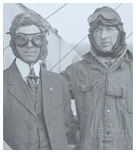
Help support history teachers across Canada!
By donating your unused Aeroplan points to Canada’s History Society, you help us provide teachers with resources to engage students in learning about the past.


